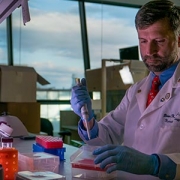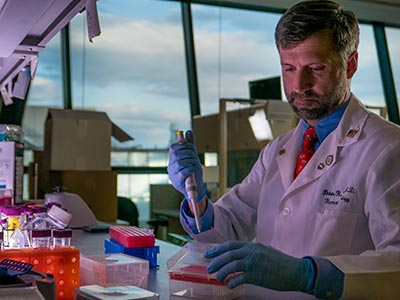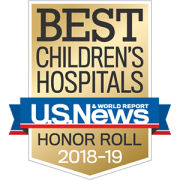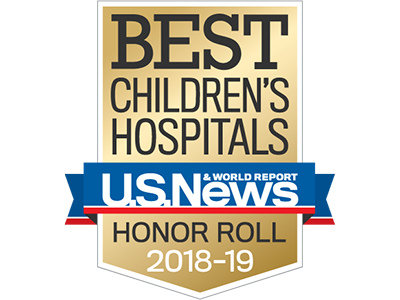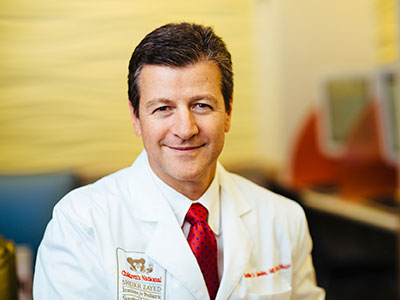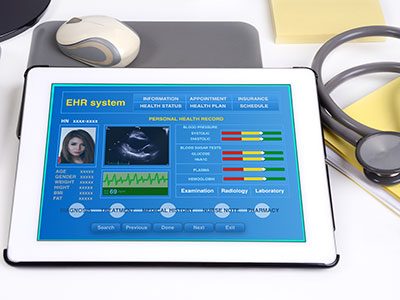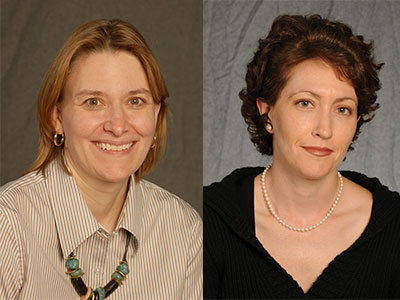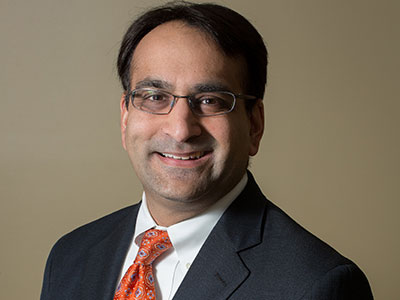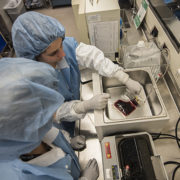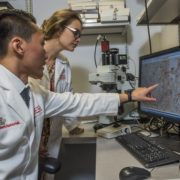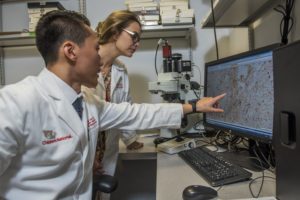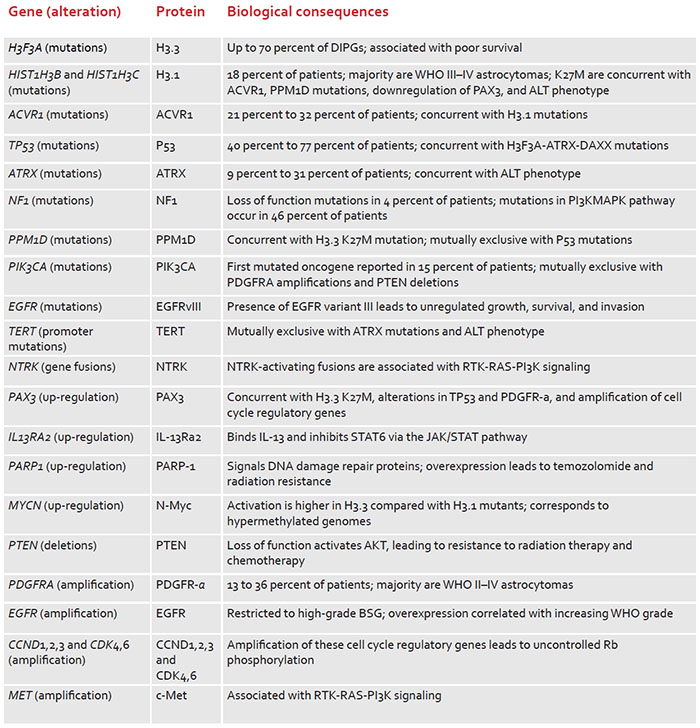The brain tumor field moves forward with new findings and a research grant

Yuan Zhu, Ph.D., and other experts completed new research findings evaluating the effects of manipulating the growth-promoting signaling pathways in brain tumors associated with adults and children.
This month, experts at Children’s National Health System made great strides in brain tumor research, specifically in gliomas, glioblastomas and medulloblastomas. Led by Yuan Zhu, Ph.D., the scientific director and Gilbert Endowed Professor of the Gilbert Family Neurofibromatosis Institute and Center for Cancer and Immunology Research at Children’s National, the team completed new research findings evaluating the effects of manipulating the growth-promoting signaling pathways in brain tumors associated with adults and children. Dr. Zhu’s research was recently published in Cell Reports and he was also awarded a U.S. Department of Defense (DoD) grant to gain a better understanding of how low-grade gliomas form. Together, this work moves the needle on developing more effective treatments for these debilitating and life-threatening tumors.
The study
In his recently published paper, Dr. Zhu and his colleagues, including Drs. Seckin Akgul and Yinghua Li, studied glioblastomas, the most common brain tumor in adults, and medulloblastomas, the most common brain tumor found in children, in genetically engineered experimental models. Dr. Zhu found that when they removed the p53 gene (the most commonly mutated tumor suppressor gene in human cancers) in the experimental model’s brain, most developed malignant gliomas and glioblastomas, while Sonic Hedgehog (SHH)-subtype (SHH) medulloblastomas were also observed. They further suppressed the Rictor/mTorc2 molecular pathway that is known in the regulation of tumor growth. This action greatly reduced the incidence of malignant gliomas and extended the survival of the models, validating the concept that Rictor/mTorc2 could be a viable drug target for this lethal brain cancer in adults.
The study also found that the same Rictor/mTorc2 molecular pathway serves the opposite function in SHH medulloblastoma formation, acting as a tumor suppressor. Findings suggest that if the same drug treatment is used for treating SHH medulloblastoma in children, it could potentially have an adverse effect and promote growth of the tumors.
Ultimately, the study demonstrates that Rictor/mTORC2 has opposing functions in glioblastomas in adults and SHH medulloblastomas in children. While drug therapies targeting Rictor/mTORC2 may be successful in adults, the findings reveal the risks of treating children with pediatric brain tumors when using the same therapies.
The grant
Continuing the study of brain tumors, Dr. Zhu recently received a $575,000 grant from DoD to research benign gliomas, with the hope of gaining a greater understanding of how the tumors form. Low-grade gliomas, or benign brain tumors, are the most common brain tumors in children. While not lethal like their high-grade counterpart, these tumors can lead to significant neurological defects, permanently impacting a child’s quality of life. Most commonly, the tumor can impair vision, often leading to blindness.
Since the tumors only occur in children under the age of eight, Dr. Zhu believes they are linked to neural stem or progenitor cells that exist in the optic nerve only during development, or when children are under eight-years-old. To test if his hypothesis is correct, Dr. Zhu will develop a preclinical model that mimics human brain tumors to study the development of the optic nerve. If his theory proves correct, Dr. Zhu’s long-term goal is to develop a strategy that prevents the tumor formation from ever occurring, ultimately preventing vision loss in children. The grant begins in July and will run for three years.



